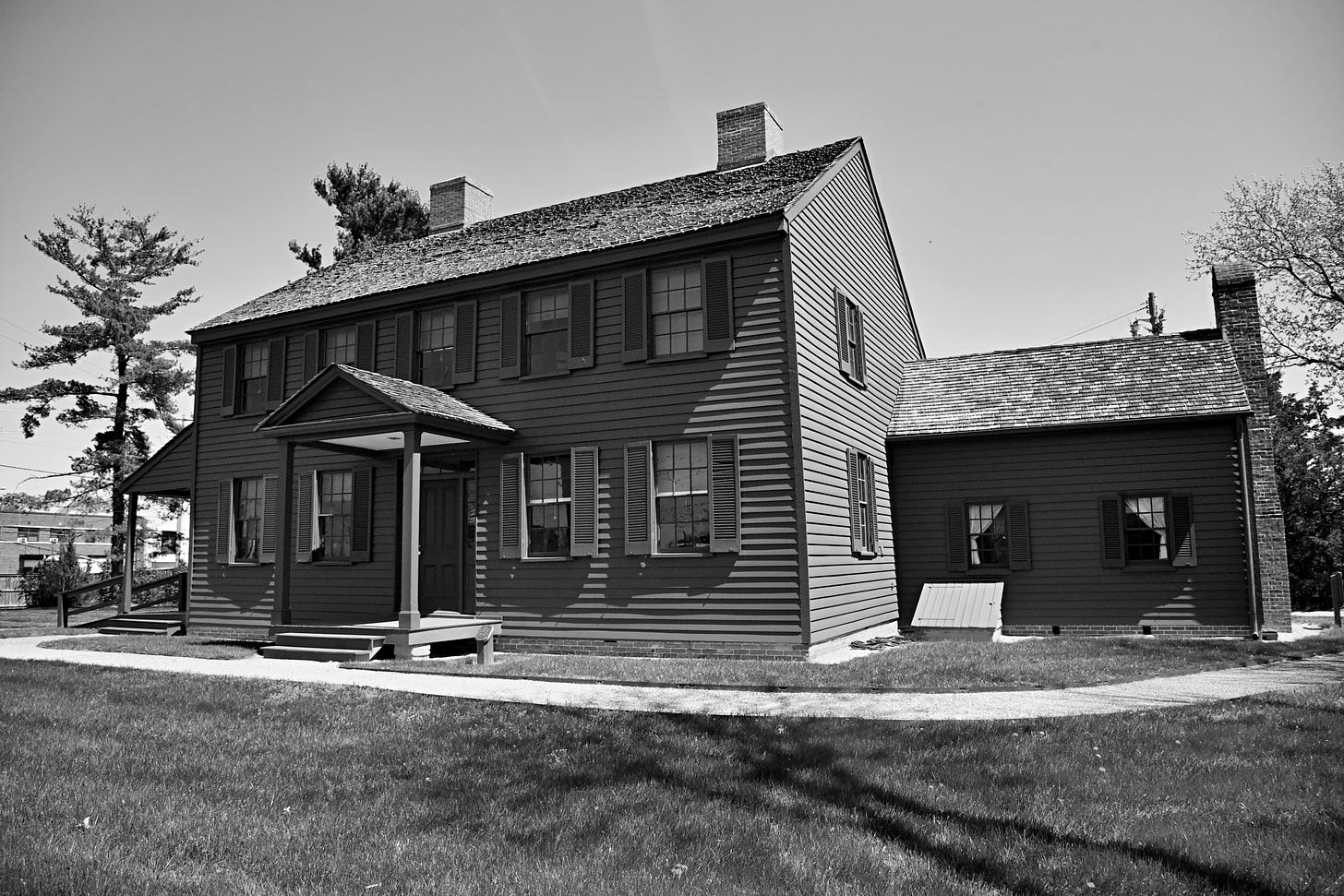
The Intersection just dropped a new article (nearly 3,000 words) on The Surratt House Museum in Clinton, Maryland. This story is about place, politics, and history. We live in a time when history is being erased. Local museums, however, are not retreating. Instead, they’re looking to tell a better history. Veronica Gallardo, the new executive director of the Surratt House Museum, is looking to take the site to the next level. Read about what the museum’s historians are doing to engage the community and tell the truth.
An excerpt: In 1976 — after sitting vacant for nearly 20 years, and receiving much-needed repairs — the historic Surratt’s Tavern reopened as the Surratt House Museum. Year after year, hundreds of people visited the museum to hear a retelling of local history centered on John Wilkes Booth, Civil War reenactments, and the assassination of then-president Abraham Lincoln. (Even now, still, Google Maps describes the museum as a “home and tavern that harbored Booth”). Retelling the history of the Surratt Museum only in relation to Booth’s experience and the Confederacy, according to Veronica Gallardo, the new director at Surratt House Museum, deliberately concealed the Surratt family’s custom of enslaving of Black people and the history of the Clinton community.
“This historic site was preserved because of Mary Surratt and her relationship to Lincoln’s assassination,” said Gallardo, who was hired about two years ago. “But they didn’t focus on Indigenous history. They also didn’t [completely] tell the stories of enslaved Black people, and missed an opportunity to tell the stories of those who visited the tavern.”
Gallardo and her team of public historians and museum professionals are shifting away from the Booth-Confederacy-centered storyline. Instead, they are telling a more comprehensive history that digs deeper into the Surratt family’s power in Prince George’s County, their politics, and the family’s participation in Maryland’s slavocracy. In addition to all of this, Gallardo wants to move the museum forward by making it a more community-centered space.
The museum’s ongoing transformation comes, in part, at a time when conservative activists and politicians have eliminated certain books within public schools across the nation. They have banned books about U.S. chattel slavery, Civil Rights leaders, various books on Black literature, and the LGBTQ+ community. Simultaneously, this is happening at a time when museums are doubling their efforts to tell a more robust U.S. history, one that casts out the white-centered framework of history.
Read more here.


